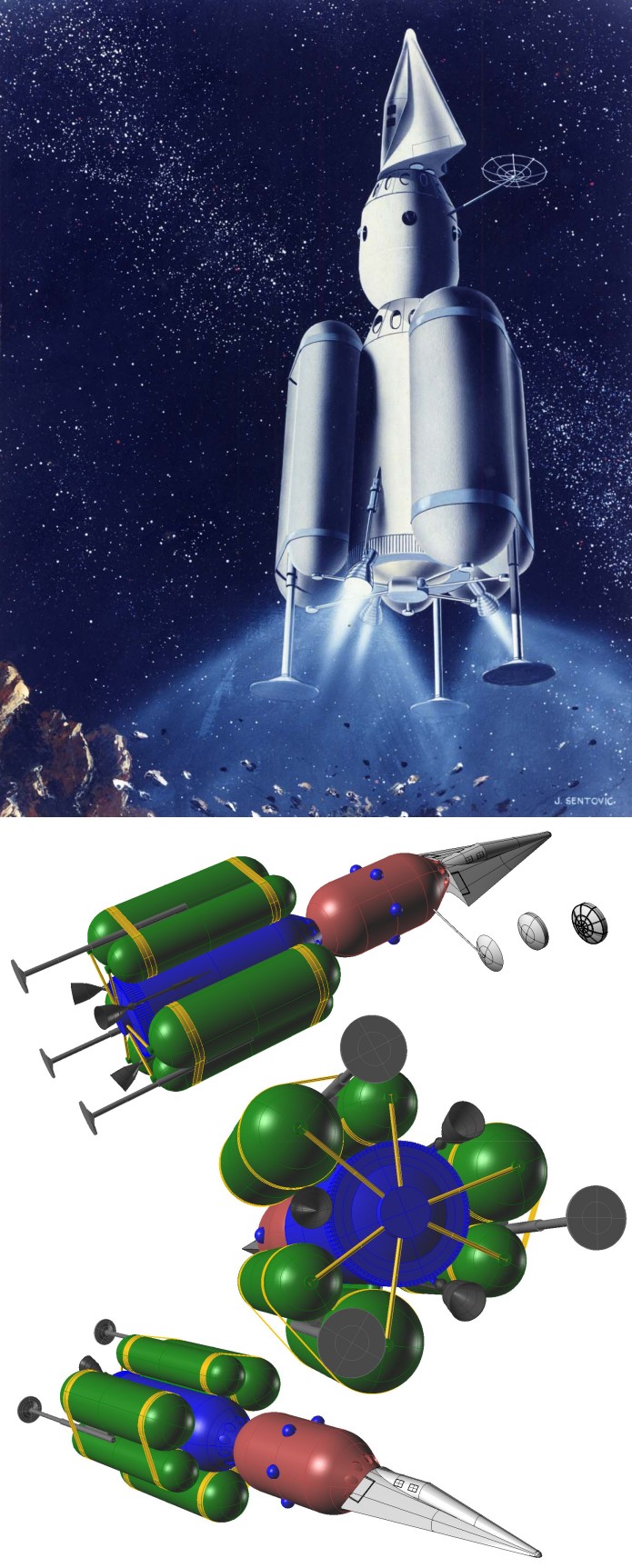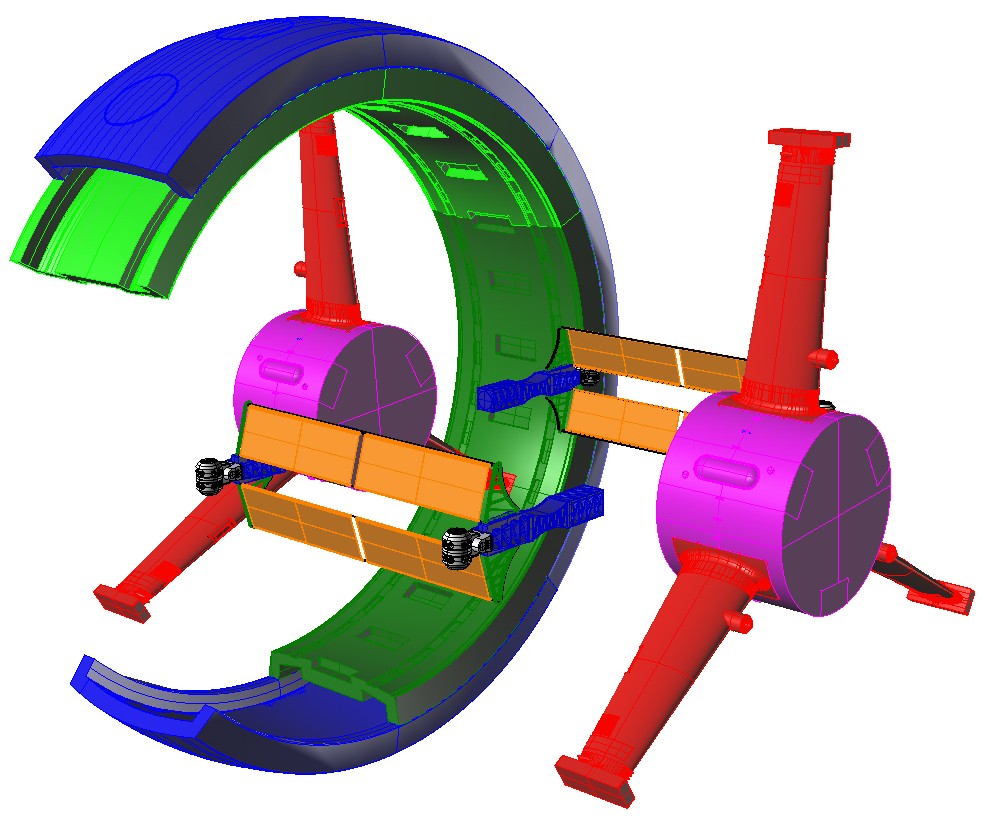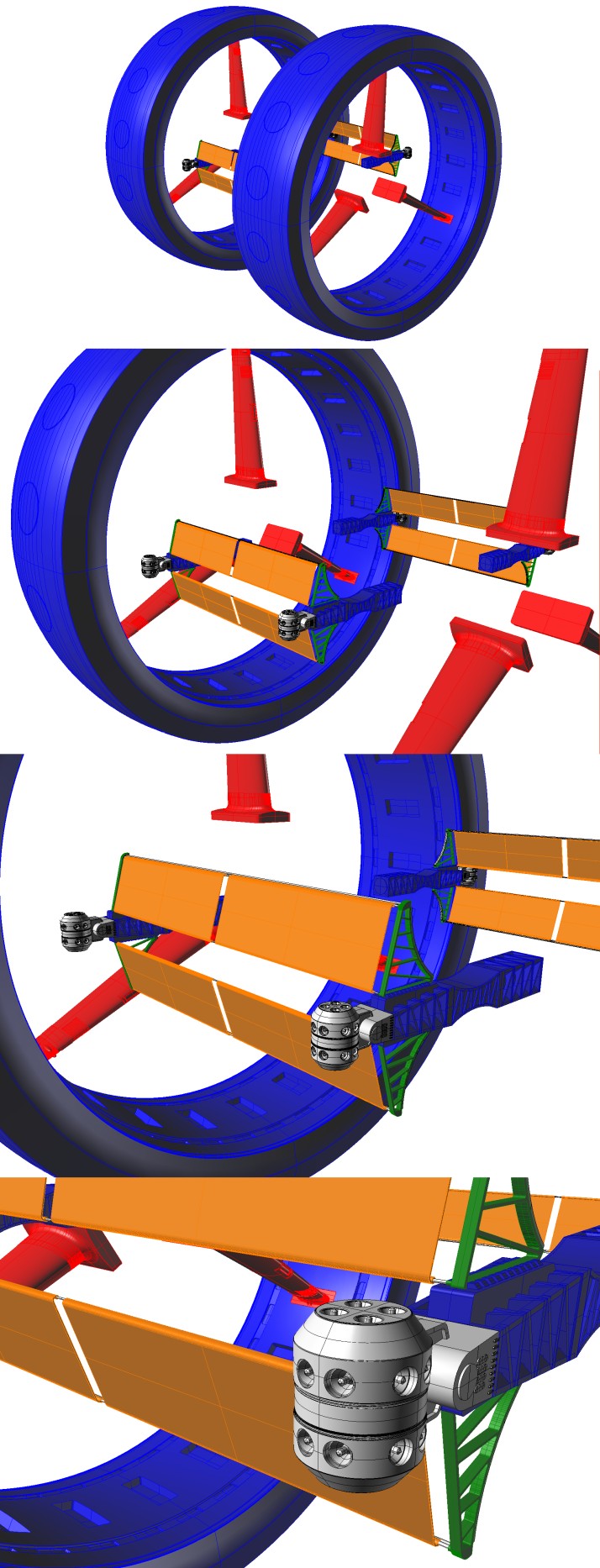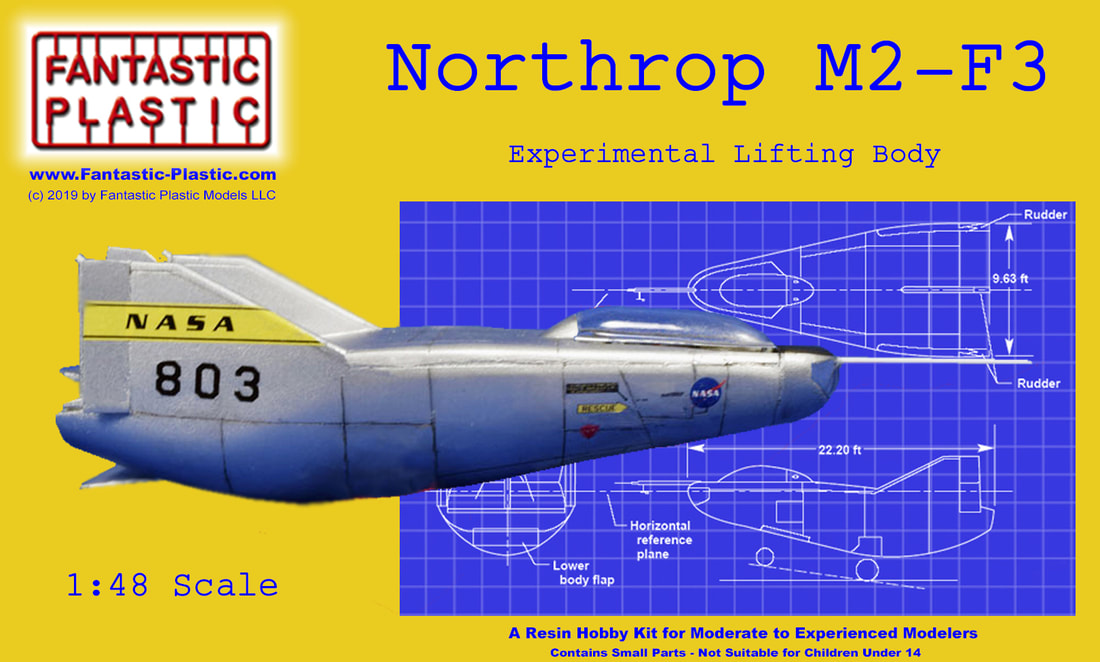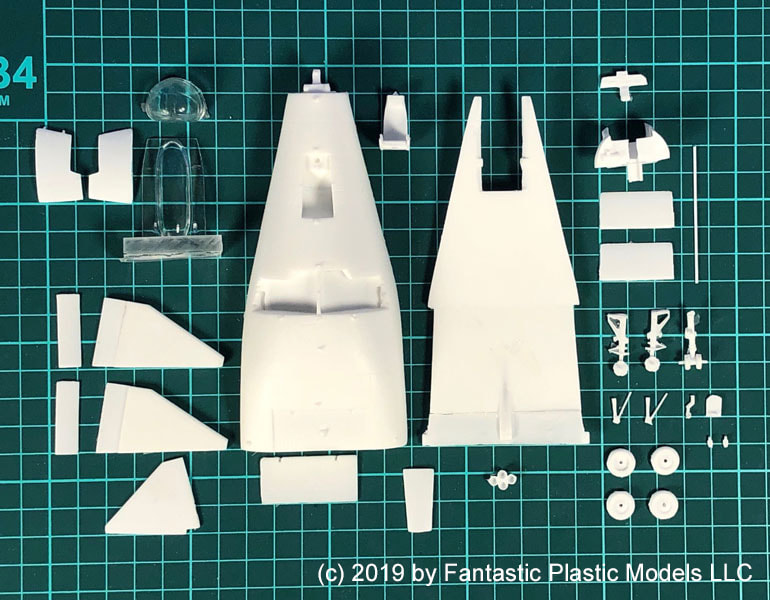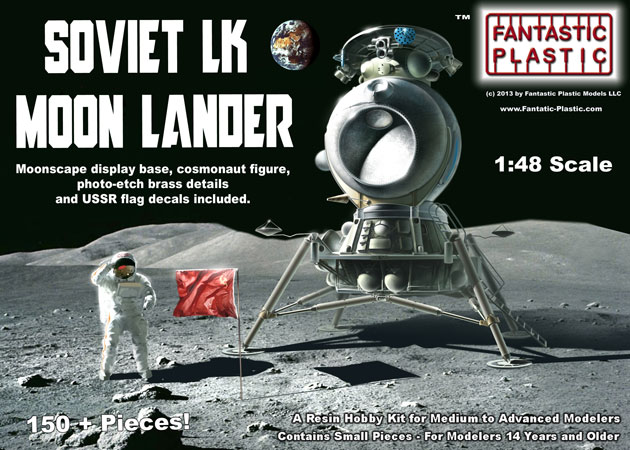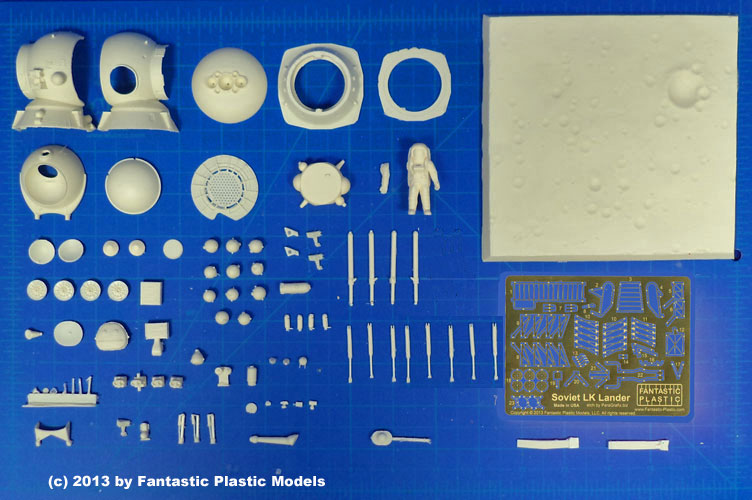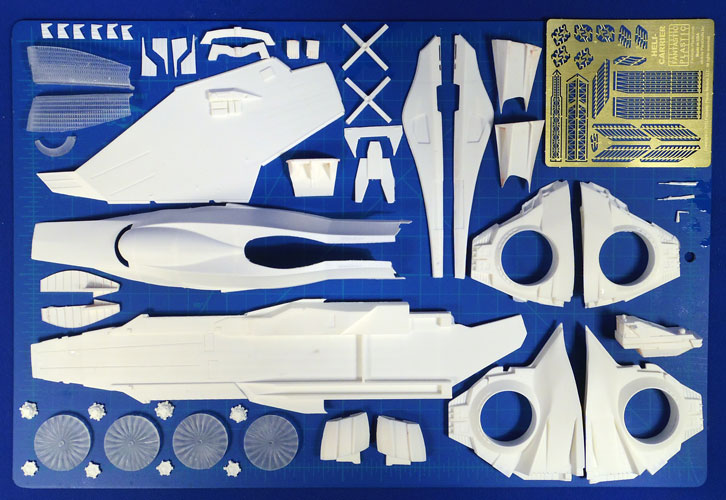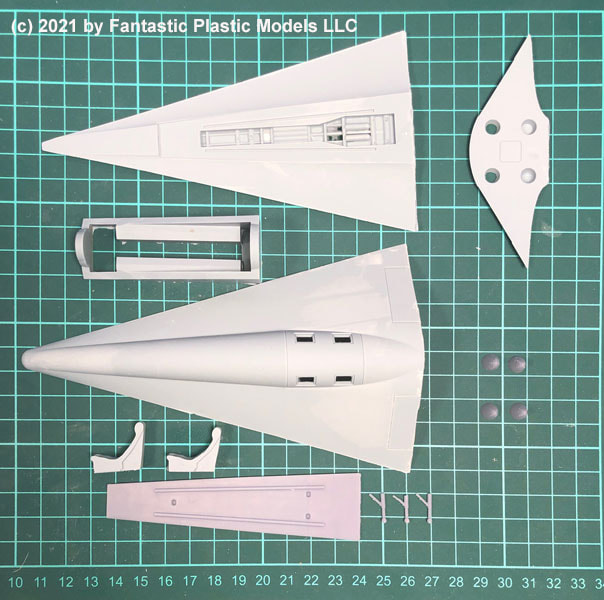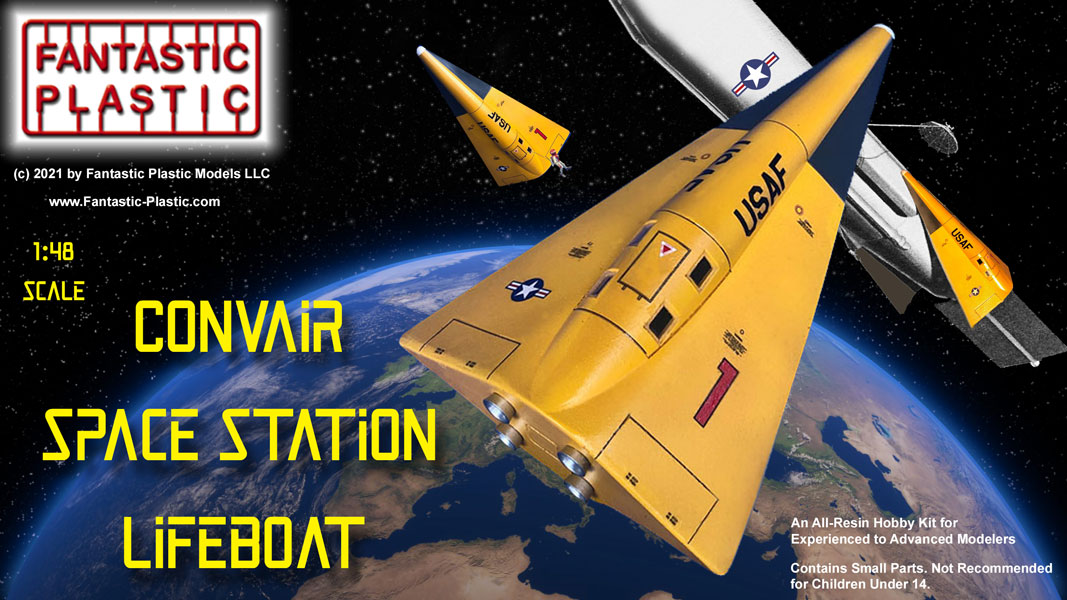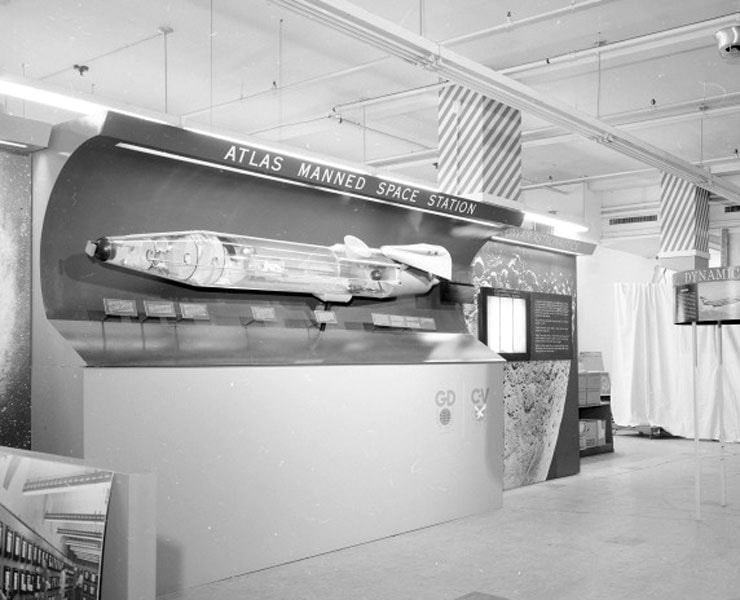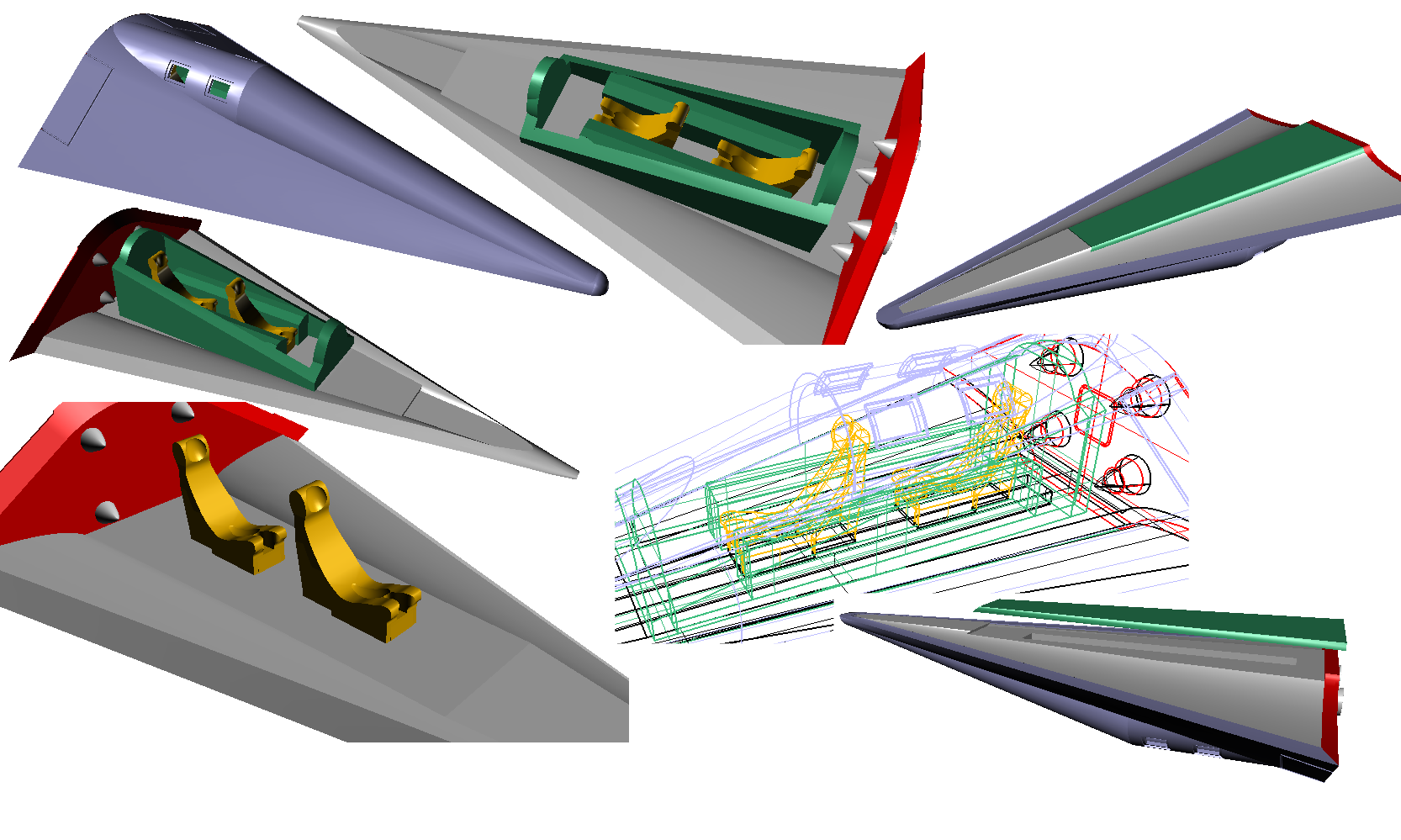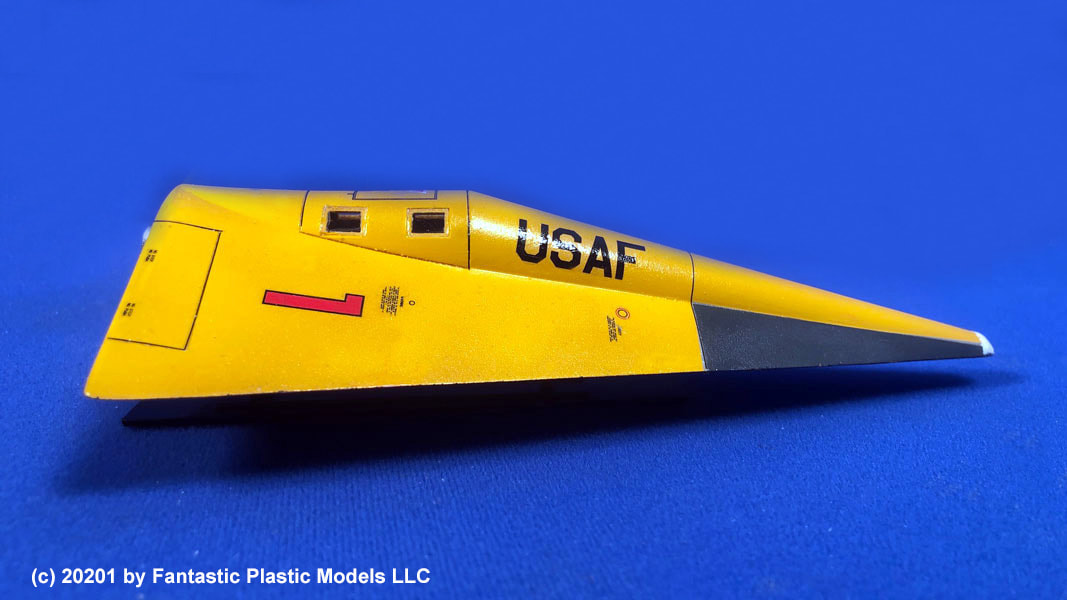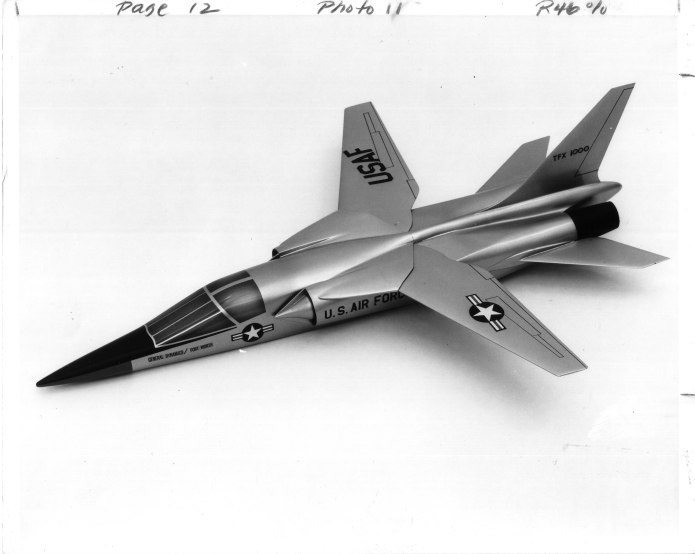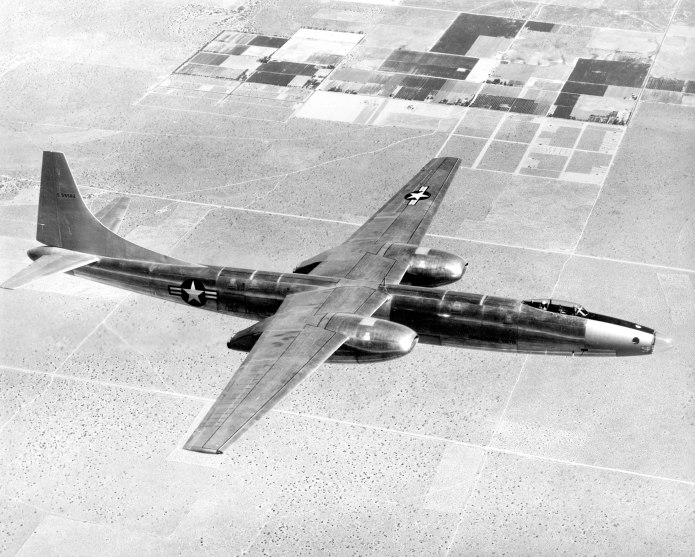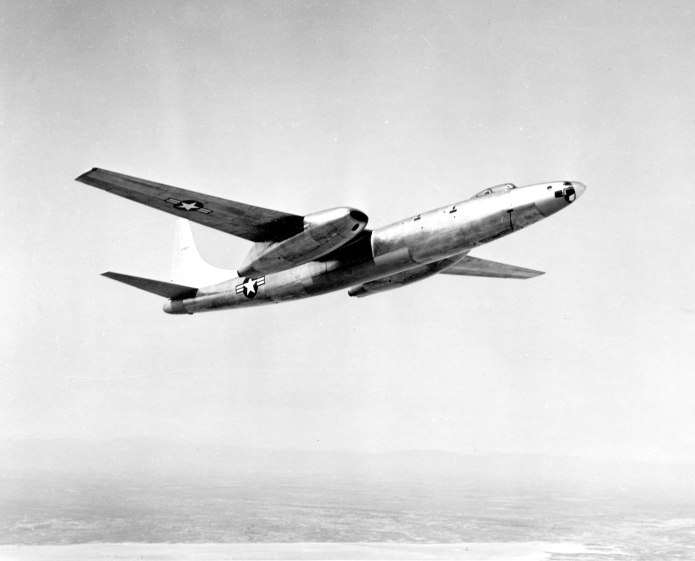Difficulty: stuff’s in Finland.
I was directed to an online auction of space replicas. The first items were things like 1/72 scale Space Shuttles and 1/72 scale Saturn V’s and Atlases and Redstones… nice enough, but nothing out of the ordinary.
BUT THEN…
14. Apollo Lunar Module cockpit full-scale replica 1:1
And…
15. Apollo Lunar Roving Vehicle full-scale replica 1:1
And…
16. Gemini spacecraft full-scale replica 1:1
And…
17. Space Shuttle Orbiter Vehicle full-scale replica 1:1 (front section)
And…
19. Mercury spacecraft full-scale replica 1:1
And…
27. Apollo Command Module Exterior replica 1:1
And not last and certainly not least:
21. Saturn V scale model 1:10
Gimme gimme gimme gimme…
Where would I put a 1/10 scale Saturn V if I had one? I have no friggen’ clue.
The auction appears to be a bankruptcy auction:
Online bankruptcy auction under the authority of trustee Mr. M.W. Schüller of Lexington Advocaten in Hoofddorp concerning the inventory originating from the bankruptcy of John Nurnimen Events B.V. at Schiphol. The goods are located in Finland.
“John Nurnimen Events” still has a functioning website, but was declared bankrupt in the Netherlands, so I’m a bit confounded as to what’s going on here. On one hand I’m saddened that such a collection of awesomeness was apparently not a profitable enterprise; on the other hand… it’s Finland. I’m unclear that that would be the best place for such a thing. The specific website for the “NASA – A Human Adventure” traveling exhibition is offline, though it’s archived.
Opening bids on all these things are 100 Euro each. I have no idea what they’ll go for, though I imagine shipping costs could be a bit spendy.




